#1 Japanese Hydrogen Water & Inhalation Technology Focused on Purity
The Lourdes Hydrofix Premium Edition is the top hydrogen machine in Japan and is the only machine used in clinic and recommended by Neurosurgeon Dr. Akihiko Adachi MD PhD.
Bring simple, hydrogen-rich water and gas into your daily wellness routine.
Shop Now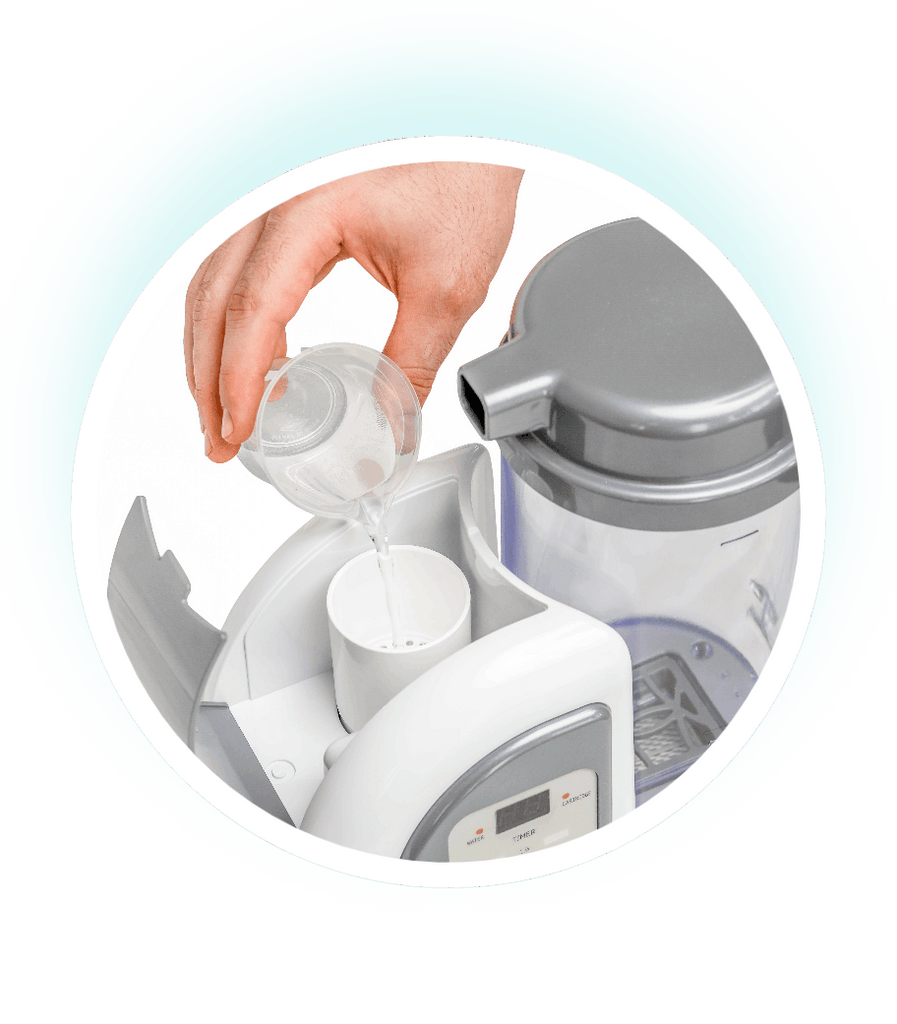
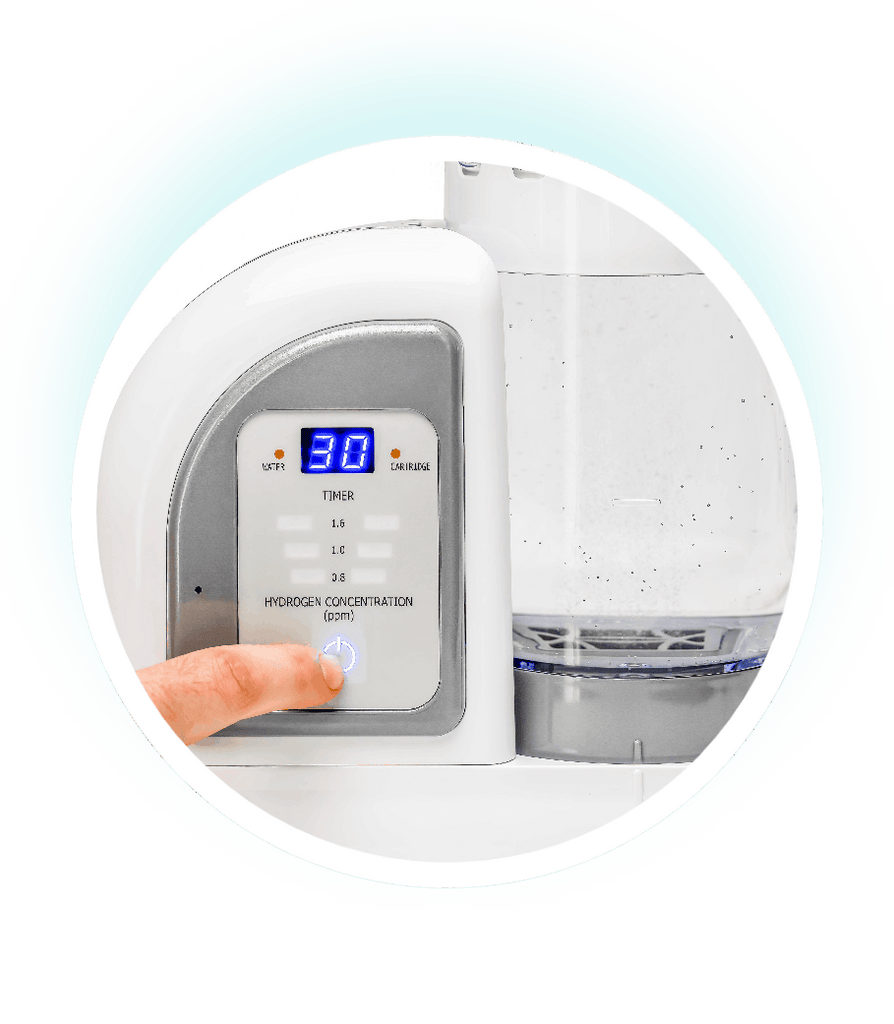
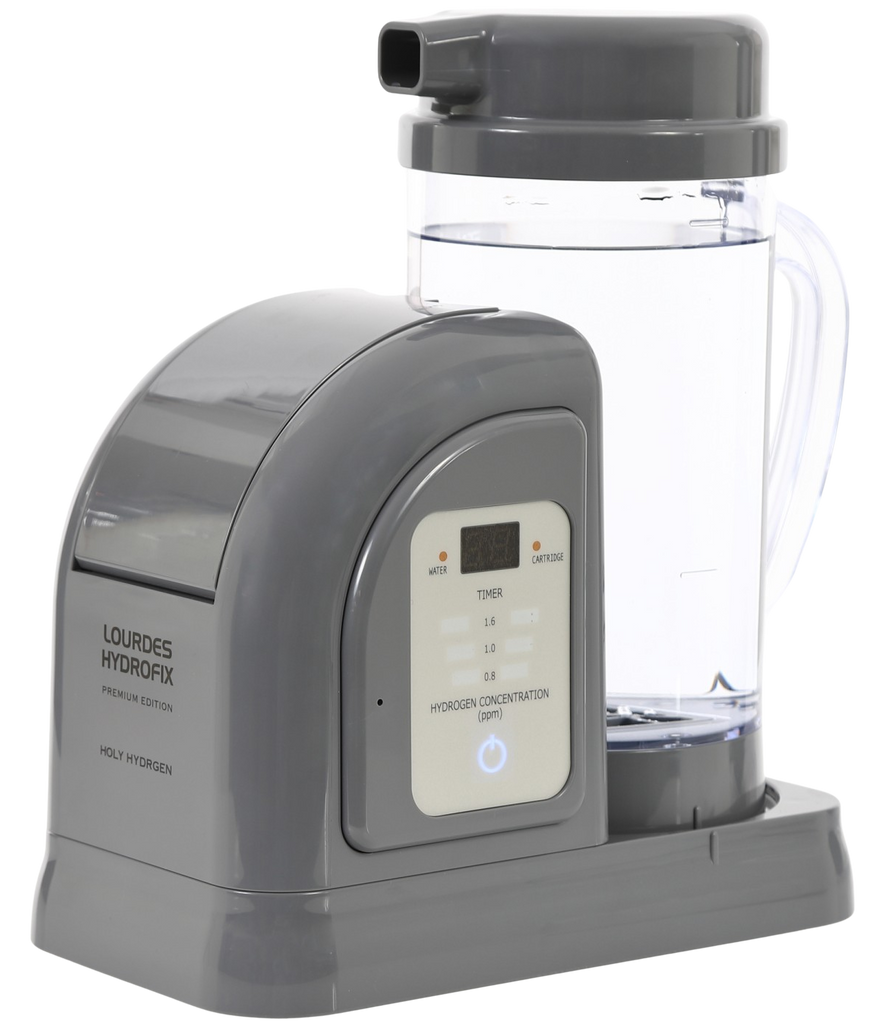

Science Meets Elegance In The Lourdes Hydrofix Premium Edition
The Lourdes Hydrofix Premium Edition is a Japanese hydrogen system designed to deliver high-purity hydrogen, both as hydrogen-rich water and inhalable gas.
Your body already has many ways of maintaining balance. Many people choose to include hydrogen-rich water and gas as daily habitalongside good sleep, movement, and nutrition.

Purity Certificates
Independent testing and certifications include:Metal purity and leaching tests: The pitcher uses certified 99.9% pure, non-plated titanium. Test results from a third-party lab did not detect titanium or iron leaching into the water under the specified test conditions.Plastics and water quality tests: Independent testing by Japan Food Research Laboratories found that selected plasticizers, BPA, iron, and titanium were not detected in water prepared with the Lourdes Hydrofix Premium Edition under the test conditions. The water was also found to comply with water quality standards set by Japan’s Ministry of Health, Labour and Welfare.
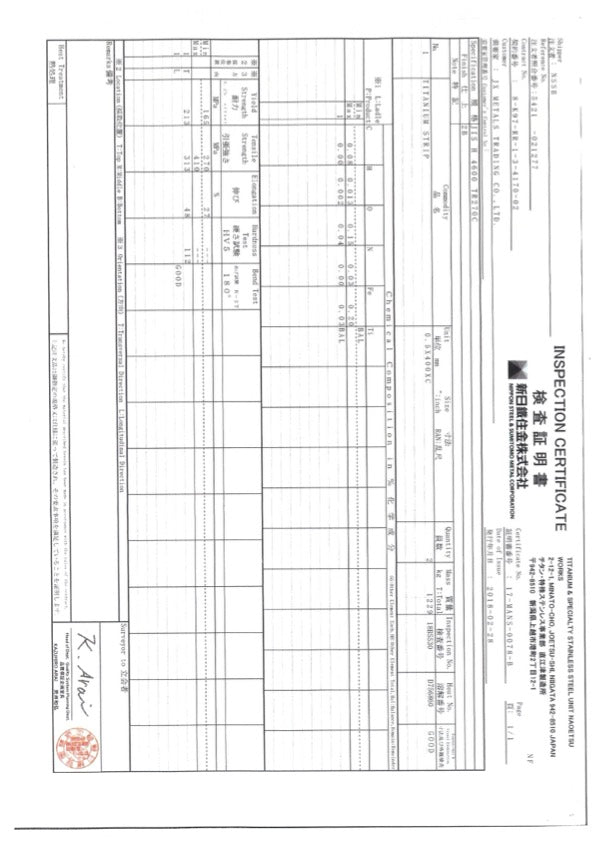
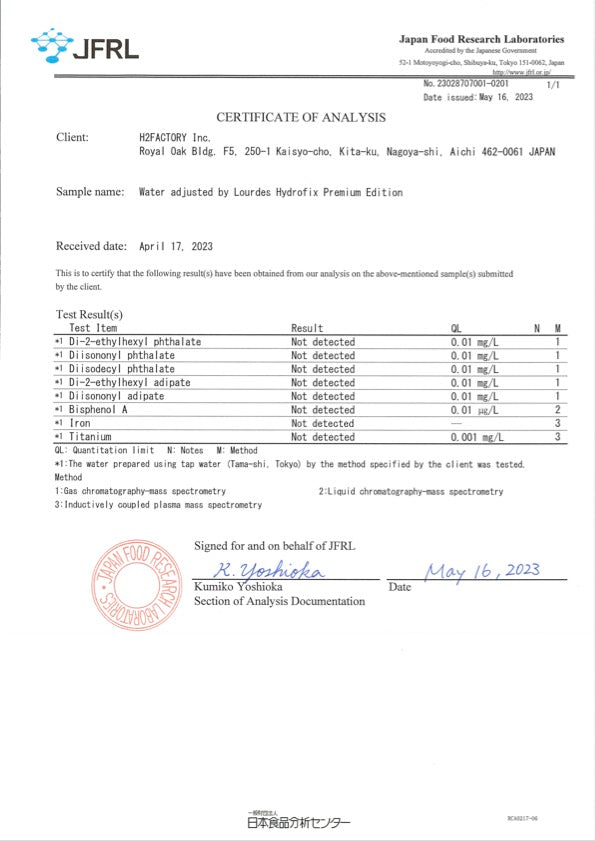

How One Japanese Clinic Uses the Lourdes Hydrofix
The Lourdes Hydrofix has been introduced at the Central Tanaka Acupuncture Clinic in Japan , which specializes in the treatment and rehabilitation of dementia, Alzheimer’s, cerebral palsy, and other conditions. The clinic director, Dr. Yoshihiro Tanaka, believes that brain-related diseases such as dementia, Alzheimer’s, and depression may be positively influenced by approaches that support blood flow to the brain and address oxygen deficiency and the accumulation of free radicals. These perspectives reflect his clinical experience and are not medical claims by Holy Hydrogen.
“Thermography results in our clinic suggest that hydrogen gas inhalation using the Lourdes Hydrofix may be associated with increased skin temperature in the extremities, which we interpret as a possible indicator of increased peripheral blood flow. Based on our observations, some patients with conditions such as dementia, Alzheimer’s, and depression have reported changes in how they feel, although experiences vary from person to person. Therefore, we believe that hydrogen gas inhalation using the Lourdes Hydrofix may serve as a gentle adjunct to our overall care approach without putting additional strain on the body.” – Dr. Tanaka
These observations and opinions are those of Dr. Tanaka and his clinic and are shared for informational purposes only. They do not constitute medical claims by Holy Hydrogen, and the Lourdes Hydrofix is not approved as a treatment for dementia, Alzheimer’s disease, depression, cerebral palsy, or any other medical condition.
-

Before inhaling hydrogen gas from the Lourdes Hydrofix, the temperature of the patient's right foot was approximately 28.8°C / 83.84°F.
-

After inhaling hydrogen gas from the Lourdes Hydrofix for 30 minutes, the temperature rose to 34.1°C / 93.38°F.An increase of more than 5°C/41°F.





